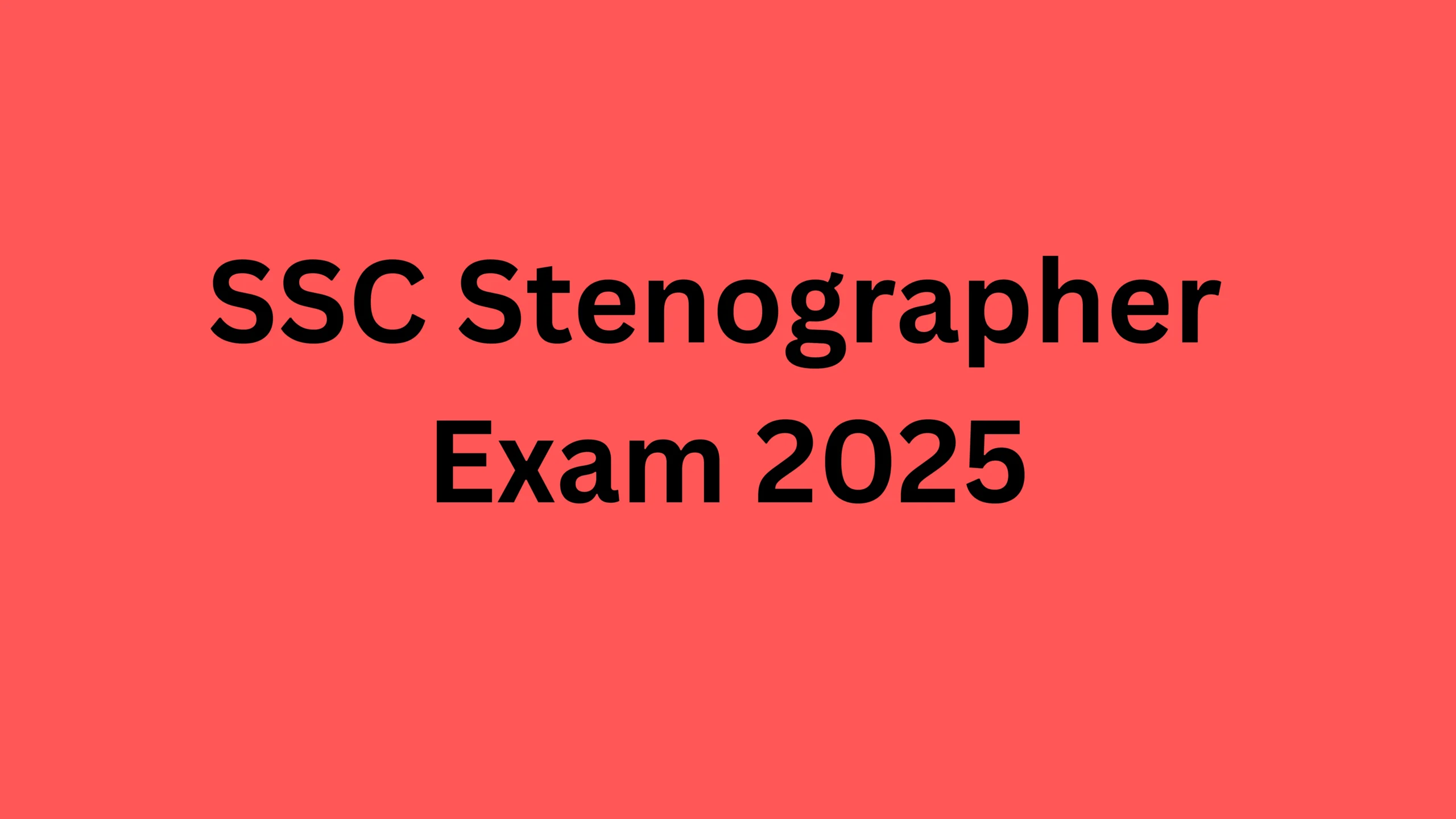WELDABILITY OF STAINLESS STEELS
The most popular welding process used on Stainless Steel Weldability is Gas Tungsten Arc Welding (GTAW or TIG). It is the most widely used process due to its versatility, high quality and aesthetic appearance of the finished weld. Pure argon is the most popular shielding gas but argon rich mixtures with the addition of hydrogen, helium or nitrogen are also employed for specific purpose.
Plasma Arc Welding (PAW) is also used to weld stainless steel. It is mainly used in a mechanized system where high speeds and high productivity autogenous welding of square edged butt joints are needed. PAW root weld is followed by multi-pass joint filling. Argon backing gas protection is necessary to maintain the corrosion resistance of the under bead.
Shielded Metal Arc Welding (SMAW or MMA) is the oldest of the arc processes. The most widely used, acid rutile coated electrodes produce a spray arc type metal transfer, self-releasing slag and a finely rippled aesthetic weld profile. They are primarily used in the down hand position when producing fillet and butt welds. Electrodes with this coating type can be used in position but they are limited in application and size.
GMAW or MIG
Gas Metal Arc Welding (GMAW or MIG) is the semi-automatic welding process which can be used manually or automated. It is employed for its high productivity features when welding thin material using ‘short-circuit’ metal transfer mode or ‘spray arc’ transfer with thicker material. Gas mixtures with the addition of oxygen, helium, carbon dioxide etc. arc to improve the arc stability and weld bead ‘wetting’ characteristics.
Flux Cored Arc Welding (FCAW or FCW) produces higher rates of weld deposition and weld metal overlaying are possible. Significant reduction in post weld cleaning and dressing is possible.
Submerged Arc Welding (SAW) is a fully mechanized wire and flux powder shielded arc process capable of high deposition rate, fast travel speed and weld quality. It is used in continuous down hand fillet and butt welds in thicker section plate, pipe and vessels and also stainless steel cladding of mild steel components, particularly where long seams or extended runs are involved.
Laser welding is very intense and it is capable of producing deep penetration welds in thick section stainless steel with minimal component distortion. The process employs high capital cost equipment and its use is reserved for mass production manufacturing.
General Guidelines to Stainless Steel Weldability Parts
- Excessive heat input and high weld inter-pass temperature should be avoided to reduce high coefficient of thermal expansion and low conductivity. Otherwise, high heat input will result excessive distortion and residual stress.
- Design criteria and metallurgical transformation due to welding may necessitate the selection of a non-matching welding consumable to achieve toughness levels at cryogenic temperatures or increased weld metal corrosion resistance.
- It is important to reserve a fabrication facility exclusively for stainless steels wherever possible. In addition, protective handling equipment and tools should be used which are dedicated to stainless steel fabrication to avoid contamination from contact with carbon steels.
- The consultation of the parent material or welding consumable supplier manufacturer is recommended.
- When shielding gas is required for updated information on recommended gas compositions, the supplier should be consulted by the person who takes welding.
- When new grades of materials are to be welded, especially ferritic, martensitic and duplex alloys, for weld procedure information and filler material recommendations, manufacturer should be consulted.
- Post weld dressing is done by using picking pastes or other corrosive substances.
Tables below shows the weldability by process of aluminium and its alloys, copper and its alloys and stainless steels.
| Material | Arc welding | Oxy-acetylene welding | Electron beam welding | Resistance welding |
| Aluminium and aluminium alloys | Commonly performed | Commonly performed | Commonly performed | Commonly performed |
| Copper and copper alloys | Commonly performed | Commonly performed | Commonly performed | Commonly performed |
| Stainless steel | Recommended | Commonly performed | Commonly performed | Recommended |
| Read More Topics |
| Defects in Welding |
| Welded joints types |
| Laser Beam Welding Process |
| Friction stir welding process |
| Welding process used in aeronautical |






